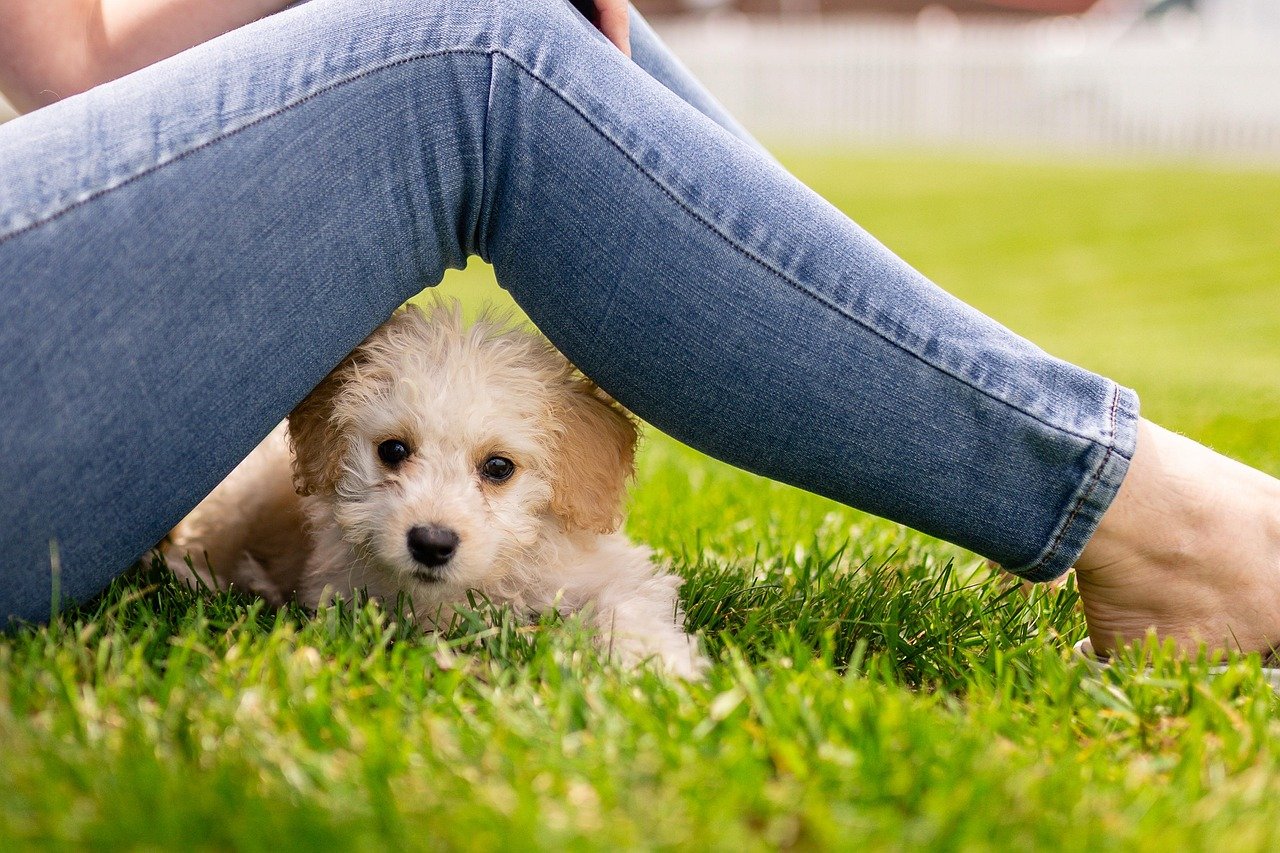Small dogs with big attitudes are one of the most entertaining quirks in the canine world. Despite their tiny frames, many toy breeds carry themselves with the confidence of a much larger dog, often fearlessly barking at bigger pups or standing their ground in any situation. This amusing behavior isn’t just random—it’s rooted in their instincts, breeding, and strong personalities. Understanding why these pint-sized pups act so boldly makes them even more lovable and fascinating. Let’s uncover the adorable truth behind why tiny dogs think they’re giants!
The Mighty Heart of a Tiny Dog
It’s a common sight for dog owners: a pint-sized pup strutting around, seemingly oblivious to its small stature. These tiny dogs often behave as if they’re much larger than they really are, and it’s not just amusing—it’s downright adorable. The heart of a tiny dog is mighty, pumping with boundless energy and an unshakeable confidence. Despite their small size, they exhibit a boldness that can rival dogs many times their size. This phenomenon can be attributed to their spirited nature and the instincts embedded in their DNA. Like a teacup-sized superhero, these little dogs often think they can conquer the world, and in their eyes, they do.
Understanding the Napoleonic Complex
The behavioral traits of small dogs often draw comparisons to the Napoleonic complex, a term used to describe individuals who compensate for their small physical stature with overly aggressive or domineering behavior. Named after the famously short French leader Napoleon Bonaparte, this concept is humorously applied to our tiny canine friends. While it might seem like an exaggeration to say that your Chihuahua is channeling the spirit of a historical figure, there is a grain of truth to it. These dogs, with their high energy levels and protective instincts, often take on roles of leadership and protection, ensuring their presence is felt despite their diminutive size.
Genetics and Evolutionary Traits
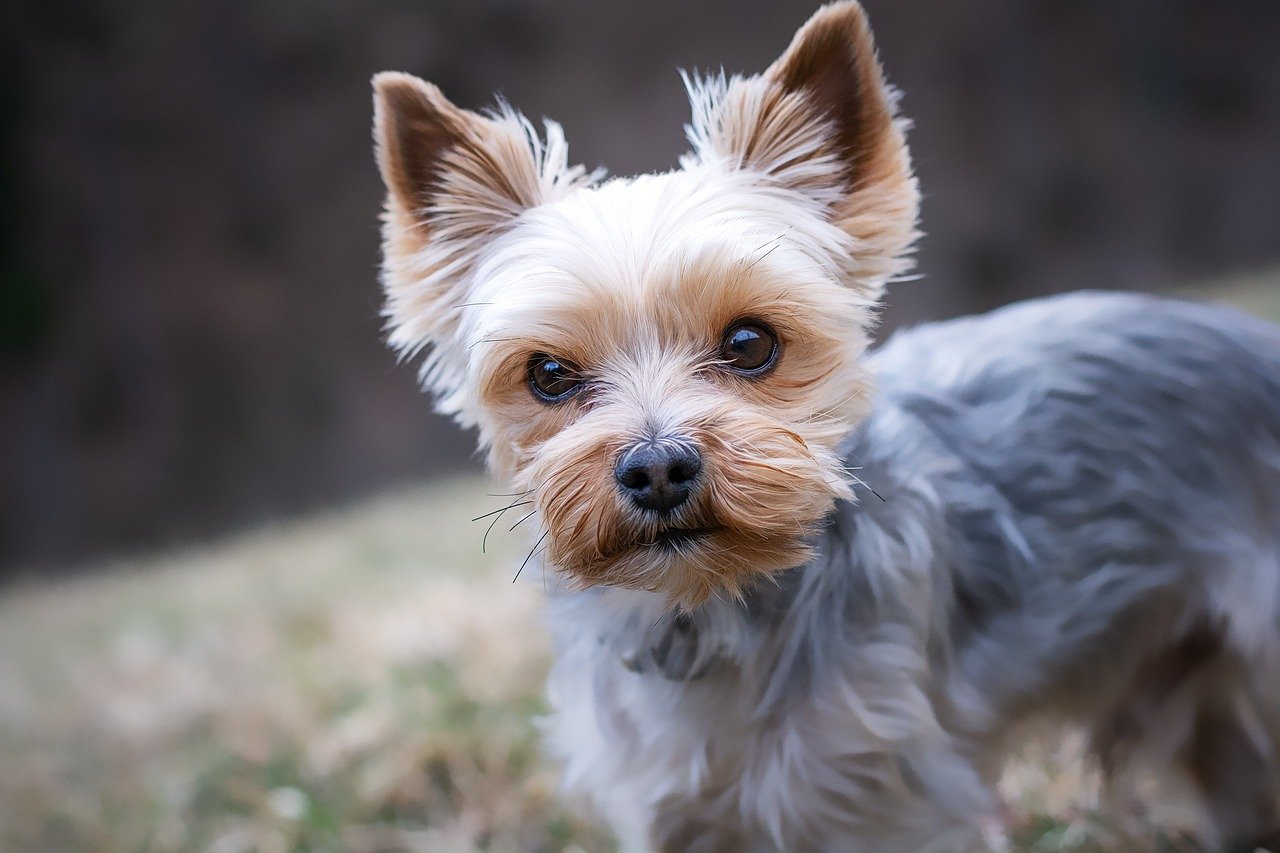
The reasons behind a small dog’s big attitude can be traced back to their genetics and evolutionary history. Many of these tiny breeds were originally bred for specific tasks that required courage and persistence, such as hunting small game or guarding homes. For example, the Yorkshire Terrier was bred to hunt rats in textile mills, requiring a fearless demeanor. Over time, these traits have been ingrained in their genetic makeup, making them naturally inclined to take charge and stand their ground. Evolution has favored these bold traits, as they have historically increased the survival and success of these breeds.
The Role of Owner Behavior
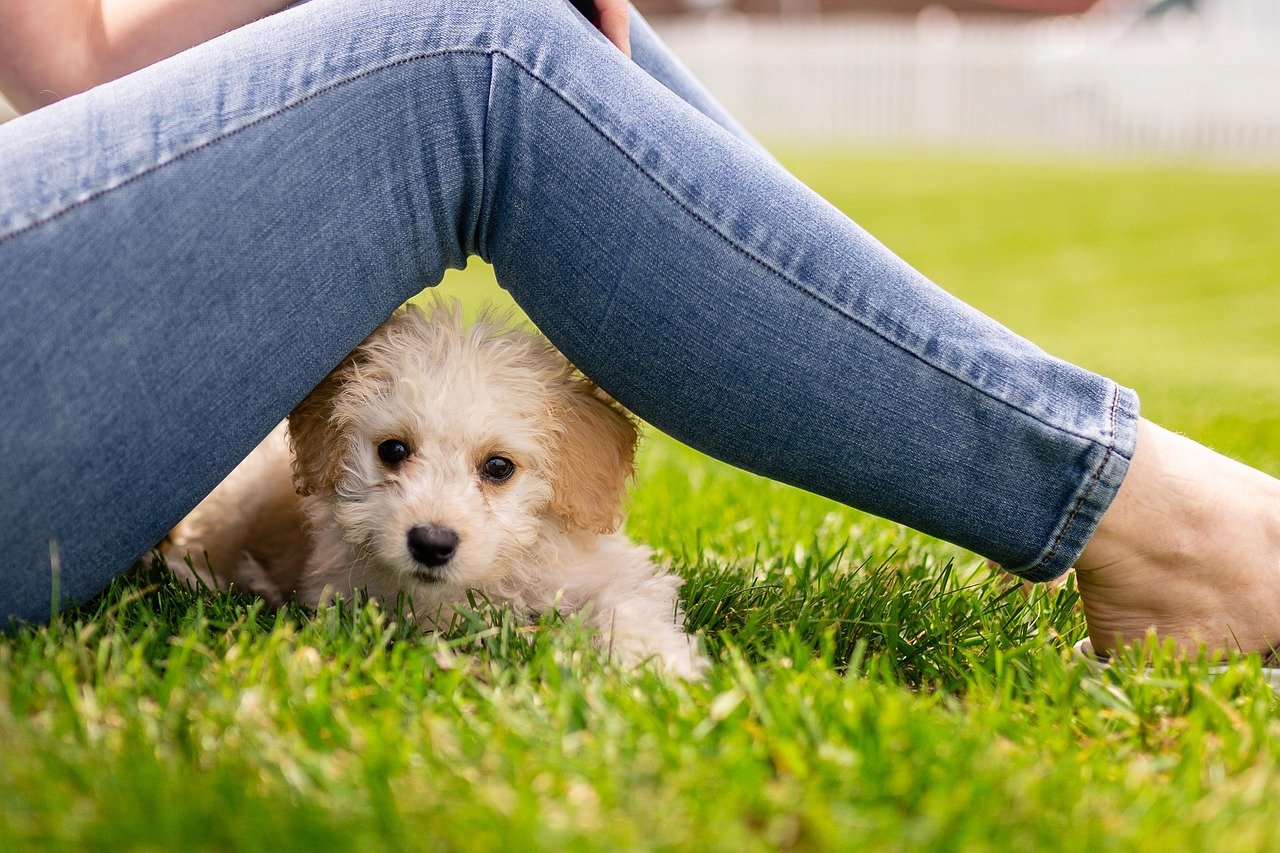
Owners play a significant role in shaping the behavior of their small dogs. Often, the doting nature of pet owners can inadvertently encourage bold behavior. When tiny dogs bark or act out, they’re often picked up, cuddled, or reassured, reinforcing the notion that their behavior is acceptable or even desirable. This can lead to a cycle where the dog learns that being bold or assertive gets them the attention they crave. Like a child who learns that throwing a tantrum will get them a treat, small dogs may associate their feisty behavior with positive outcomes, further cementing their “giant” mentality.
Socialization and Training Influence
Socialization and training are crucial elements in managing a small dog’s behavior. Without proper training, a small dog might take its “big dog” mentality too far, leading to unwanted behaviors such as excessive barking or aggression. Training helps instill good manners and teaches them when it’s appropriate to assert themselves. Socialization, on the other hand, exposes them to different environments, people, and other animals, helping them understand their place in the world. Through consistent training and socialization, owners can help their tiny dogs develop into well-rounded companions who know when to dial down their larger-than-life attitudes.
Pack Mentality and Hierarchical Behavior
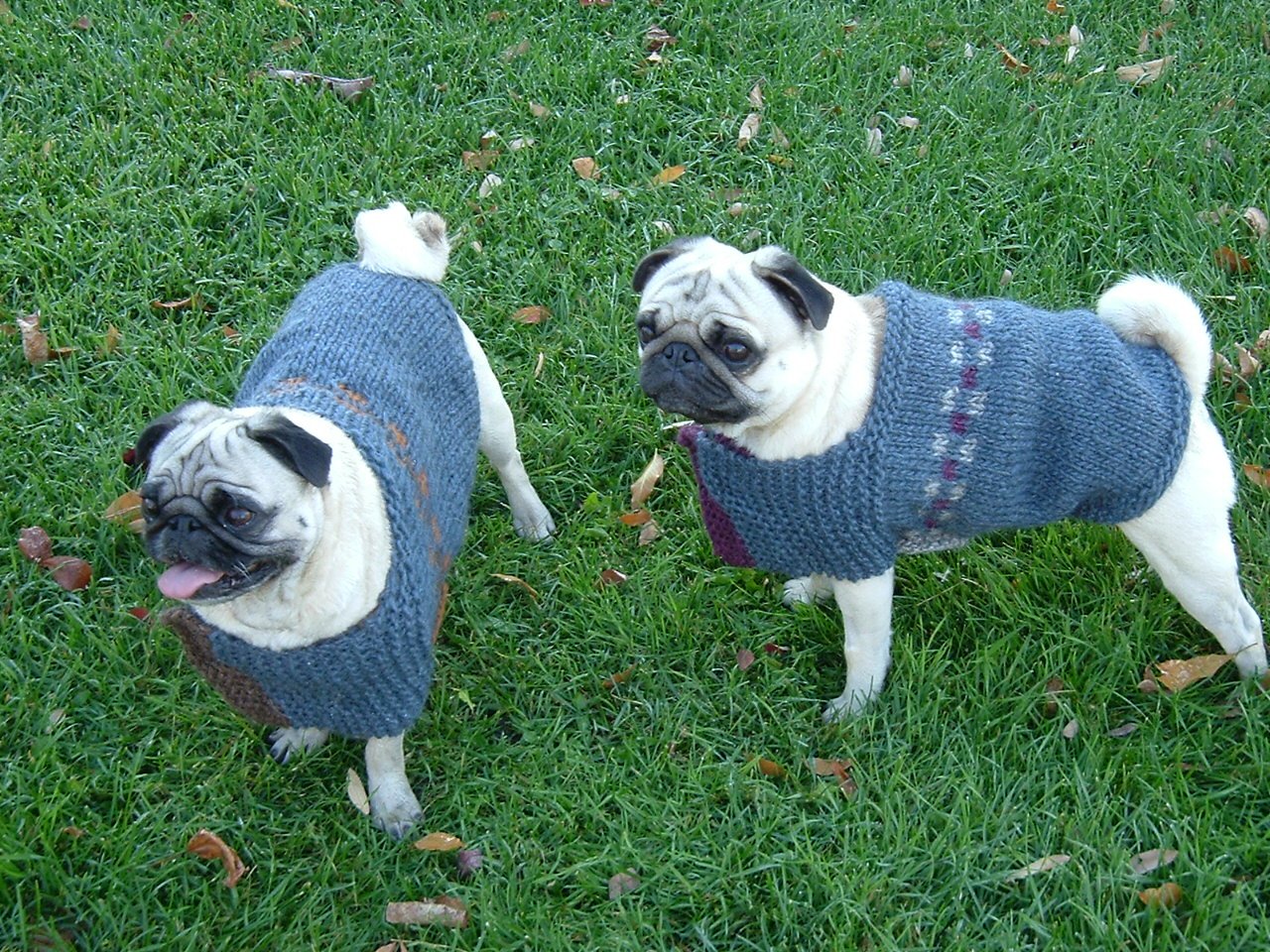
Dogs are pack animals by nature, and the smallest members of a group can sometimes feel the need to assert themselves to establish their place within the hierarchy. This behavior can be observed in multi-dog households, where a small dog might take on the role of leader despite its size. It’s an instinctive drive rooted in their ancestry, where establishing dominance was key to survival. This pack mentality is often expressed through behaviors such as guarding, barking, and even playful aggression. Understanding this can help owners manage their small dogs’ behavior by establishing clear boundaries and leadership within the household.
Communication and Body Language
Tiny dogs have a unique way of communicating that often transcends their physical limitations. They use a combination of vocalizations, such as barking and growling, alongside body language to convey their emotions and intentions. A small dog might puff out its chest, hold its head high, or stand on its hind legs to appear larger and more intimidating. These behaviors are instinctual, allowing them to navigate their world with confidence. By observing and understanding these cues, owners can better communicate with their furry friends and respond appropriately to their needs and desires.
Personality and Individual Differences
Not all tiny dogs exhibit the same level of boldness, as personality plays a significant role in their behavior. Just like humans, each dog is an individual with its own unique temperament. Some may naturally be more reserved or shy, while others are born with an adventurous spirit. Factors such as early life experiences, environment, and breed-specific traits all contribute to these differences. Recognizing and appreciating a small dog’s individual personality is essential for providing the best care and fostering a healthy relationship between pet and owner.
Adorable Antics and Entertainment
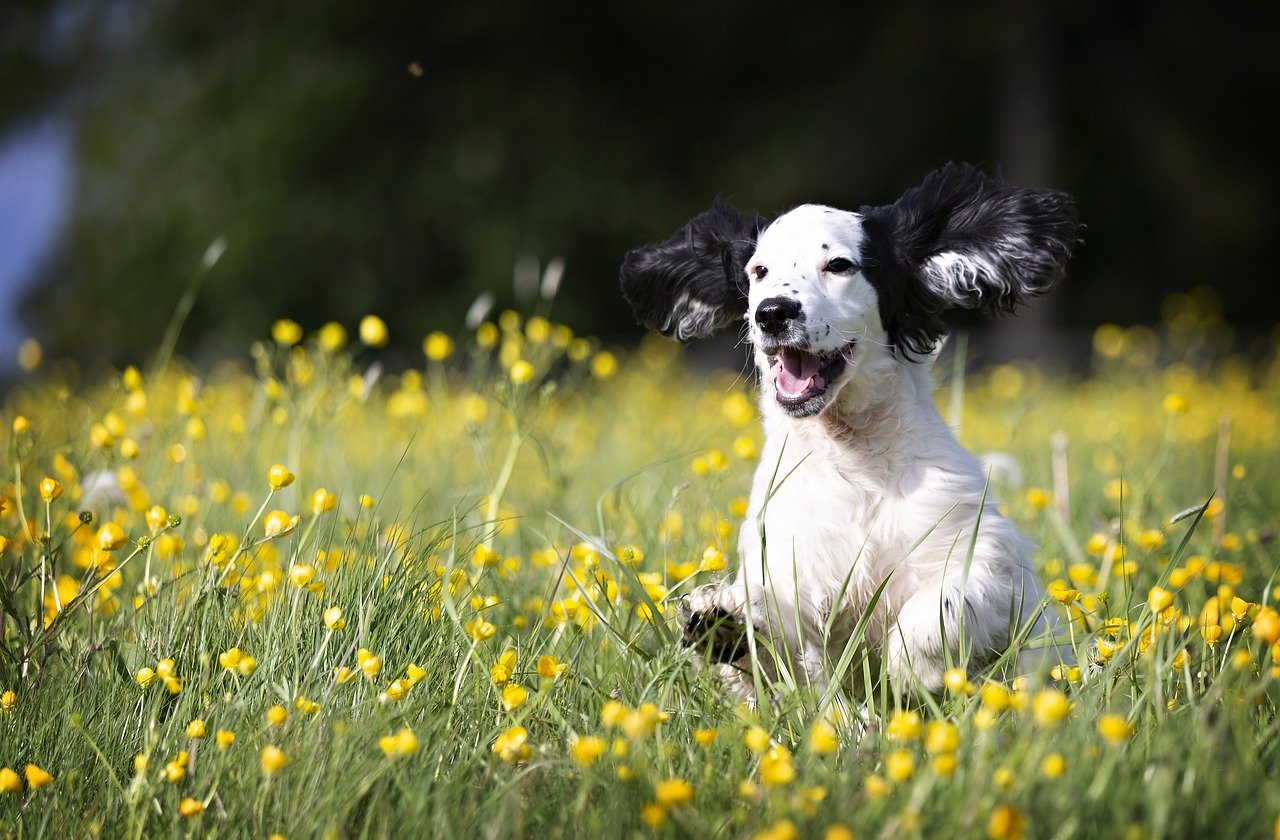
One of the most delightful aspects of small dogs is their ability to entertain with their big personalities. Their antics often bring joy and laughter to those around them, as they engage in playful behavior that defies their size. Whether it’s chasing after a ball with unbridled enthusiasm or attempting to engage a much larger dog in a playful tussle, their confidence is both endearing and entertaining. These moments remind us of the unique charm and charisma that small dogs bring into our lives, making them cherished companions despite their small stature.
The Emotional Bond with Their Humans

The bond between small dogs and their humans is often incredibly strong, rooted in a deep sense of mutual affection and loyalty. These tiny companions often form close attachments to their owners, seeking comfort and security in their presence. This bond can enhance their confidence, as they feel protected and loved, emboldening them to take on the world with their “giant” attitude. Owners, in turn, find solace and joy in the unwavering devotion of their pint-sized pups. This emotional connection is a testament to the profound impact that tiny dogs can have on our lives, proving that size truly doesn’t matter when it comes to love.
In conclusion, the phenomenon of tiny dogs thinking they’re giants is a delightful blend of genetics, behavior, and the unique relationship they share with their humans. Understanding these elements allows us to appreciate their bold demeanor and the joy they bring into our lives.

Linnea is a born and bred Swede but spends as much time as possible in Cape Town, South Africa. This is mainly due to Cape Town’s extraordinary scenery, wildlife, and atmosphere (in other words, because Cape Town is heaven on earth.) That being said, Sweden’s majestic forests forever hold a special place in her heart. Linnea spends as much time as she can close to the ocean collecting sea shells or in the park admiring puppies.

